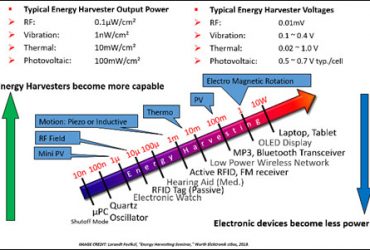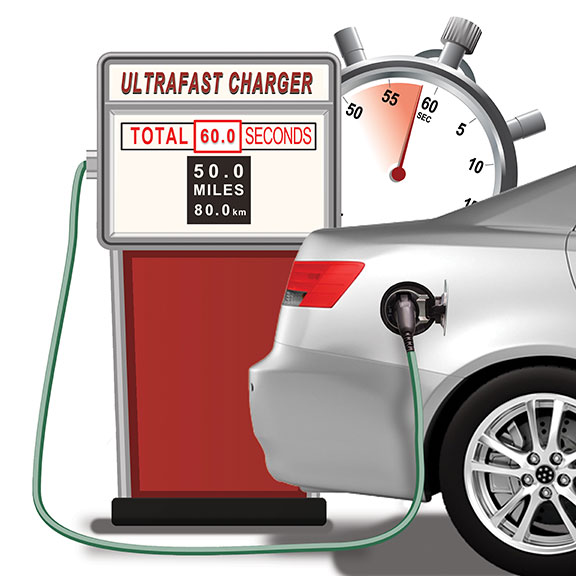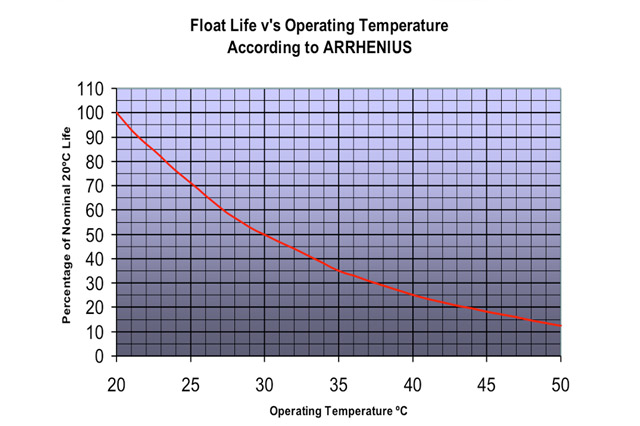Contributed Commentary by Brian Zahnstecher, Sr. Member of the IEEE, and the Principal of PowerRox
October 5, 2017 | In just about any application in the world of electronics, energy storage plays an important factor. Whether it be a battery that limits charge time or life of portable electronics, a Telecom’s capacity to sustain hold-up in a catastrophic situation, a data center’s ability to reduce the power bill, or a sensor’s ability to capture, analyze and transmit key telemetry data from a very harsh, potentially inaccessible environment. In just about any market or vertical we have encountered at PowerRox or in previous, professional lives, there is a maniacal focus on increasing the density of energy storage solutions (as well as power electronics density) in electronic gizmos. Thanks to some very high-profile incidents with lithium-ion batteries, safety is a receiving an ever more scrutinizing eye, but this can still come somewhat at odds with the desire to push energy densities. Read more about The Role of Power Electronics and Energy Harvesting in the Future of Batteries …













